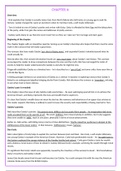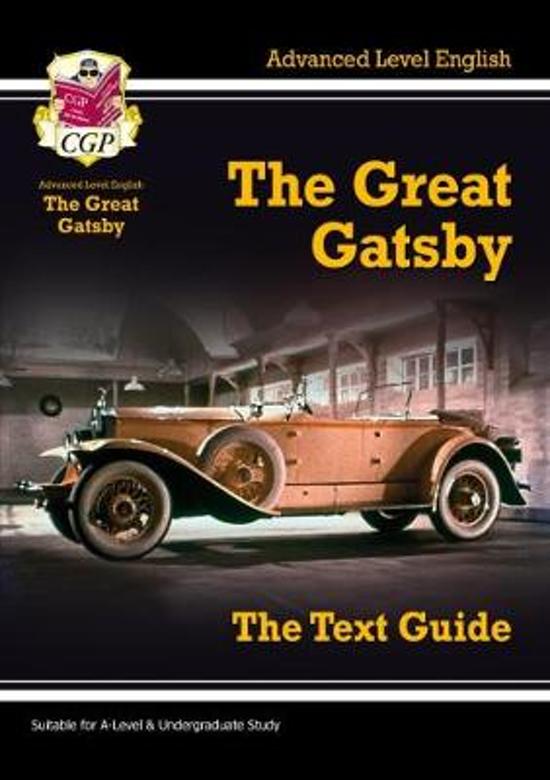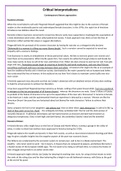Summary
GATSBY - Chapter 6 summary
- Chapter summary for the Great Gatsby - detailed analysis for the chapter - used by myself for the OCR: English literature and language specification (H074, H474) - however, it can be used for other specifications - achieved A* with these notes (combined with others I have uploaded)
[Show more]





